What a start. Two days in to the World Cup and we have seen 15 goals across four games with only Cameroon failing to score out of the eight sides involved. Ever four years the hype seems to grow and grow, and it may be early days but the football of the 2014 World Cup looks set to be the best for some time. If only the same could be said of the officials.
Brazil 3 Croatia 1
Weight of expectation is always high for the hosts. Of late perhaps South Africa are the only side to have gone beyond expectation when they failed to win a game and exited in the group stages. In 2006 Germany battled their way to third, before them South Korea knocked out Spain and Italy on their way to the semi-finals, even if Japan only made the 2nd round, and finally France in 1998 were the first hosts since Argentina in 1978. The current Brazil side find themselves in an unusual situation. Not only do they have the weight of a nation’s expectation on their shoulders but a good proportion of the country are far from happy to see the World Cup on their doorstep. Caught between samba and stone throwing the nation still expects victory, if only to banish the evils of 1950 and the Maracanazo. In a variation on the World Cups usual format the winner was decided by a final group of 4. As luck would have it the final game Brazil vs Uruguay, would decide the winner. Needing only a draw Brazil was already in party mode but a 2-1 loss had bitter consequences for the nation. Firstly their all white kit was banished in favour of their now iconic yellow, green and blue. They only had to wait 8 years to win their first World Cup but they’ve waited for 64 years do it at home.
In the past 64 years much better and much more stylish Brazilian sides have featured at World Cups. Some have won and some have lost but all have had the same romantic attraction to the neutral. Brazil’s 014 incarnation is some way short of the fantasy of Jogo Bonito but it does have class. Namely in Neymar and Oscar. Both shone on the opening night. After going down 1-0 thanks to industrious running from Ivica Ollic both Neymar and Oscar looked a little impatient in possession. Neymar’s frustration appeared to be getting the better of him when he was booked for an elbow in the face of Luka Modric. Eventually Brazil got their way. Neymar placing home the first from the edge of the box before converting a controversial penalty and finally Oscar poked home in the final minutes to seal a win. Brazil have topped their group at every World Cup since 1982, if they continue that run they will play the runner up of group B which could be any out of Spain, Holland or Chile.
Mexico 1 Cameroon 0
On the face of it this has been the ‘least exciting’ game of the tournament so far. Only 1 goal between two side who will need to get past a functional Croatia side if they want to progress. The caveat in this game was in the tactics. Mexico playing 3-5-2 and Cameroon 4-3-3. The Central Americans are clearly very well drilled by their coach Miguel Herrera; who looks a little like a Mexican ‘Big Sam’. Their wing-backs pushed up very high and former Spurs man Giovani dos Santos dropped off his strike partner Oribe Peralta intelligently. The width of the wing-backs created chances a plenty in the first half and dos Santos had two goals wrongly ruled out for offside – showing he knows when to step in to the penalty area. In the 2nd half dos Santos drew a save from Carl Itanje in the Cameroon goal and Oribe side footed home.
Cameroon however look bemused at how to combat the system. Their attacking wingers were tasked with tracking the wing backs. This left striker Samuel Eto’o completely isolated and the space in behind the wing-back unexploited. If they had been more adventurous they could have left the wide men forwards and dealt with the winb-backs one-on-one. Alas they didn’t and they only really threatened from set pieces where Mexico look exceedingly weak. With Mario Mandzukic returning Croatia will look to use his physicality against the Mexican defence. It will be interesting to see how else they can combat the 3-5-2.
Spain 1 Netherlands 5
To sum up this game in two paragraphs would be impossible. After 40 minutes it looked like same old same old. Spain had pressed, passed, won a penalty and taken a 1-0 lead. Wesley Sneijder had failed to take Holland’s best chance and the Dutch looked 2nd best; as they had in the 2010 final. The game changed when Daley Blind, another wing back, took up possession on the left hand side. His pass was long and diagonal, but far from aimless. He picked out Robin van Persie (Europe’s best number 9?). I’m not sure Blind intended to ‘cross’ the ball and create a headed chance but it was van Persie’s finishing instinct that mean he looped his diving header over Spanish goalkeeper Iker Casillas. Before the game Rio Ferdinand had spoken of van Persie is always thinking – “how can I score from here” and as quickly as possible. Looking at the replay he could at least have attempted to chest the ball down but the quickest root to goal was the header and the image of the striker flying through the air will be an iconic World Cup image for years to come.
In the Second half Spain were visibly more direct in their passing but Diego Costa again found himself a lone striker up against three defenders. He only really threatened when he won his sides penalty as space in behind was severely limited; unlike when he plays for Atletico Madrid. The Dutch continued to play their game with quick transitions bypassing the workman like midfield of De Jong and De Guzman to reach the forward three of Sneijder, Robben and van Persie as quick as possible. For their second goal it was again a chipped ball from Blind this time to Arjen Robben. Robben showed excellent technique to bring the ball down, hold off two defenders and finish past Casillas in a goal just as brilliant in the first, but probably much less appreciated. From this point onwards the Dutch were unstoppable. van Persie beat the keeper, but not the crossbar, Sneijder delivered a free kick right on to the far post where Stefan De Vrij just happened to be stood.
Spanish problems were confounded by the performance of captain and goalkeeper Iker Casillas. Dropped by Mourinho and reduced to the role of ‘Champions League goalkeeper’ this season; even if Real Madrid did win the title. He is not exactly short of game time or fitness and he is national captain but his place will come under scrutiny this week. He complained of infringement for the third goal but the challenge looke fair and he look unlikely to reach Sneijder’s prefect cross either. In conceding the fourth Casillas’ error looked like the nail in the tiki-taka coffin. For Spain and Barcelona passing the ball back to the goalkeeper is a chance to reset. The two centre backs spread wide to offer a pass and the rest of the team will move towards their standard shape. On this occasion Casillas received the ball with both centre backs available and one forward, van Persie, some 10 yards away from him. An awful first touch changed this to 6 yards, an easy gap for the onrushing striker to make up. That he did to tap home the fourth. Watching the undignified Casillas scramble on all fours in vain to prevent Robben’s second and Holland’s fifth is actually uncomfortable viewing. Fortunately for Casillas he may well end his international career making a sharp stop to deny Robben his hat-trick. Considering the pasting his side received in the second half that is probably the best he can hope for.
In one final moment of humiliation for the Spanish Fernando Torres, the £50 million striker with 5 league goals this year, was presented with an almost open goal. BBC commentator Steve Wilson set Torres up with the line “and it will be tucked in by Torres” and Torres supplied the punchline as he attempted to shift the ball on to his favoured right foot allowing the interception to be made. The contrast with van Persie couldn’t be clearer. While the Dutchman is looking to get the ball in the net as the earliest opportunity his Spanish opponent was keen to give himself the best chance of scoring, by using his right foot, but instead denied himself any chance at all.
Chile 3 Australia 1
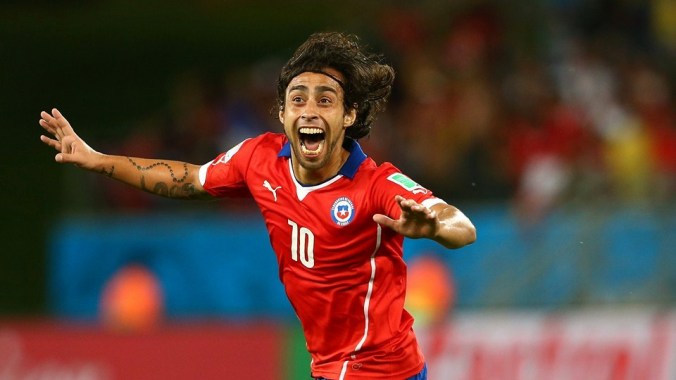
Jorge Valdivia, an early contender for hipster football of the World Cup. Needs more of a beard to go with those tattoos.
After the shock and awe provided by the Spain vs Netherlands encounter it seemed like it would be hard for Chile and Australia to match the excitement. They didn’t but they did pretty well in trying. Initially it seemed as if the excitement would come from Chile racking up a cricket score against the holders of The Ashes. Australia have been set up to stifle opponents and in the tournaments toughest group they will be keen not to have the pants pulled down. They set up very deep with only Tim Cahill up front. Chile on the other hand could be perhaps the most proactive and attacking side of the tournament. They often play a back three with attacking wing backs. On this occasion, knowing that the Australia would play a solitary forward, they set up with the same attacking wing-back and what was practically a back two. Marcelo Diaz just in front of the defence and happy to drop in to the back three when required. For the first 15 minutes Chile swarmed forward. Alexis Sanchez showed good composure to finish in a crowded box for the first. For the second it was the Australian’s who did the crowding, towards the ball and the run of Eduardo Vargas, leaving Jorge Valdivia free to take a touch and pick his spot in the roof of the net from the edge of the area.
At this point Australia must have feared the worst but they did better than Cameroon in getting in behind Chile’s wing backs and as theyonly had two centre backs Tim Cahill found more space in the penalty area. Chaill, just 5′ 10″, climbed above Cardiff’s Gary Medel, himself just 5′ 7″, to put Austrlia back in the game. What they would have given for Mark Viduka at his physical best, think World Cup 2006, to get amongst the Chilean defence. Attacks continued in to the second half. Chile’s Claudio Bravo saved well from Mark Bresciano and Eduardo Vargas was denied by a goal-line clearance in the closest we have come to finding the ‘goal line technology’ replay useful. The victory was finally wrapped up in stoppage time by Jean Beausejour of Wigan. In 2010 he was a started at left wing-back but on this occasion he came of the bench. The greatest concerns for Chile will be the threat of a backlash from Spain and the fitness of Arturo Vidal. Vidal is a fantastic footballer and integral to both Chile and his club side Juventus but he is still recovering from knee surgery and when he was substituted he had the demeanour of a man who was pretty pissed off about something.
All in all it has been a great start to football at the World Cup. Although tensions off the field are yet to come to a head and we haven’t had to watch England vs Italy just yet either.

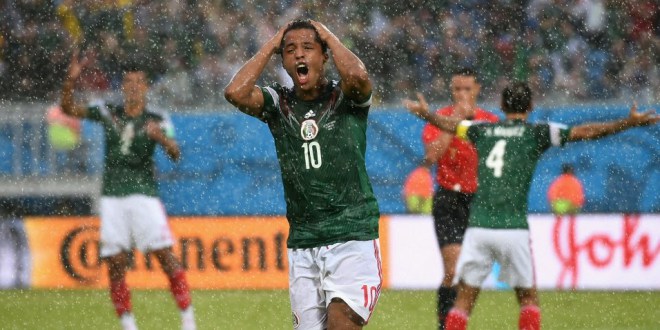

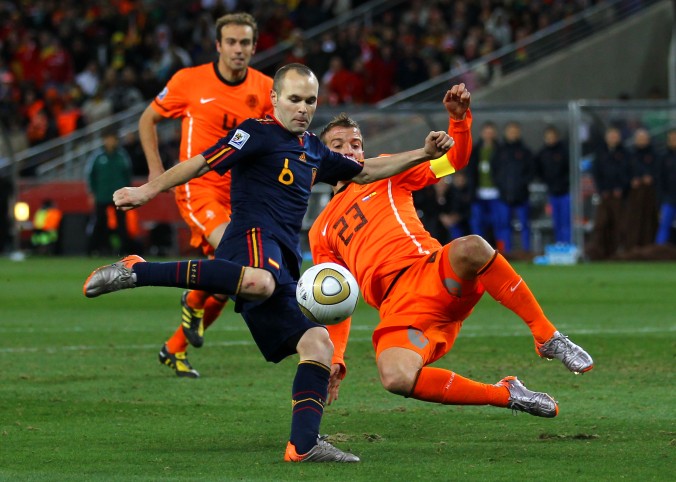
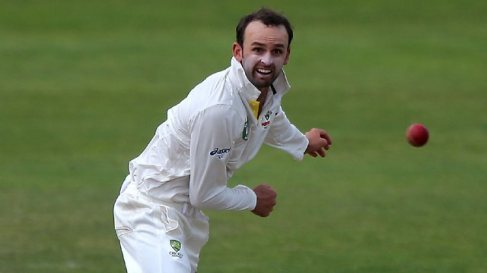

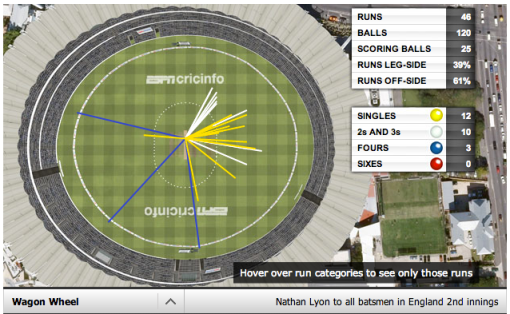
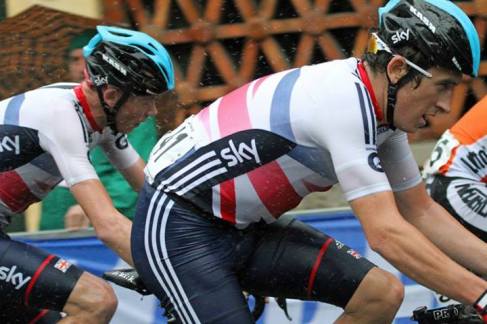



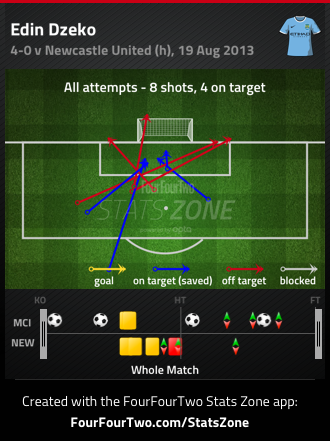
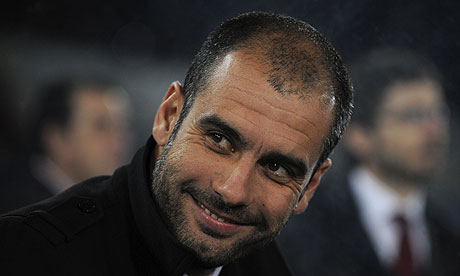
 This week’s post was inspired by Lauren Laverne’s (DJ, ex-member of 90s indie girlband and all-round good person)
This week’s post was inspired by Lauren Laverne’s (DJ, ex-member of 90s indie girlband and all-round good person) 
